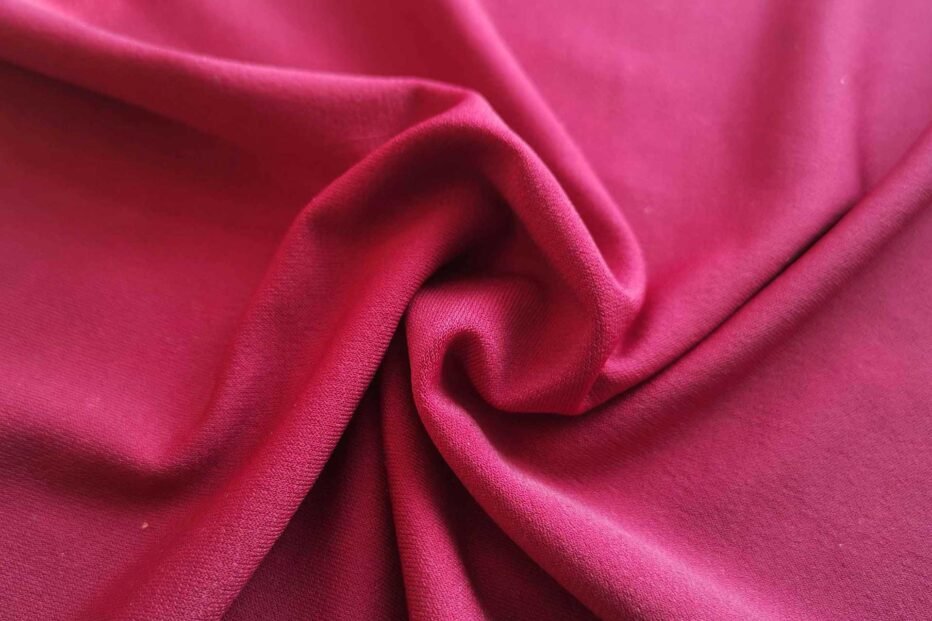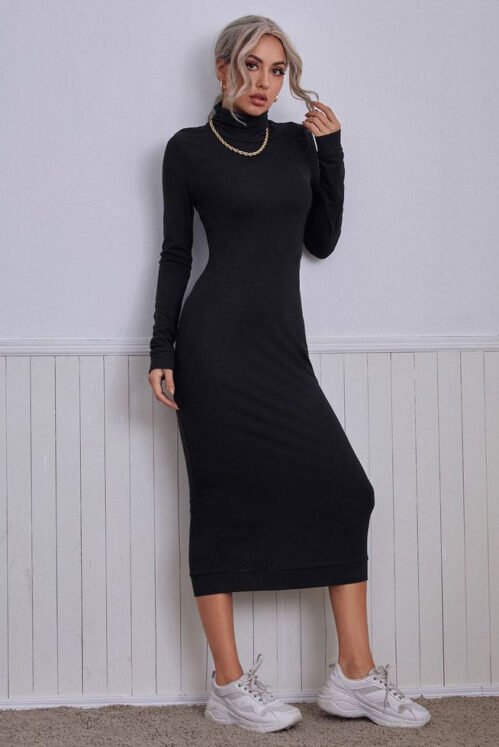
Description
An incredibly stretchy fiber that is a key component of elastic fabrics.
Spandex, also known as elastane, is segmented polyurethane, and a by-product of petroleum. It is a white-colored synthetic fiber made to provide elasticity. The fiber can stretch to over 500% of its length and recover to its original length immediately. It is often blended with other fibers to offer additional stretch.
Background
Story
Spandex was developed in 1959 by DuPont textile scientist Joseph C. Shivers as a substitute for rubber. Originally called Fiber K, DuPont chose the trade name Lycra@ to distinguish its brand of spandex fiber. It was totally revolutionary, and was quickly incorporated into swimwear, undergarments, and other clothing.
Manufacturing
To begin the spandex fabric production process, a substance called macroglycol is mixed with a diisocyanate monomer under specific heat and pressure. The temperature and pressure conditions must be exact to produce the desired results, and the macroglycol and diisocyanate monomer must also be in a ratio approximate to 1:2.
If the right conditions are applied, a substance called a prepolymer is formed, and this substance is then used in the remainder of the production process. Once it has formed, the prepolymer is exposed to diamine acid, and a chemical reaction called chain extrusion reaction is initiated.

Expertises
Characteristic
• Lightweight, smooth and soft
• Relatively weak as a fiber, but stronger and more durable than rubber
• Excellent elasticity
• Pill resistant
• Oil and perspiration resistant
• Mildew and insect resistant
• Takes dye well
• Wrinkle resistant
• Abrasion resistant
• Anti-static
How Is Spandex Fabric Used?
Spandex fabric is used in any consumer or industrial application in which elasticity is desired. Since its inception, this type of fabric has become more and more popular, and these days, it is present in thousands of different types of garments, and it is used by consumers all over the world.
In some cases, pure spandex fabric may be used to make incredibly stretchy or fully form-fitting garments. However, this fabric is relatively expensive, which means that these types of garments are quite costly to the consumers of professionals who use them. Instead, it’s much more common to see spandex fabric woven into other types of textiles.
Where Is Spandex Fabric Produced?
Spandex fabric is made by many different international corporations. Some of these corporations, such as DuPont , have factories in dozens of different countries, but others may be localized to one country in particular.
The majority of the world’s spandex manufacturing plants are located in China. In the past, most of this fabric was produced in the United States, but reduced labor costs have driven the manufacture of many different types of textiles to China over the last few decades.
Conclusion
The fiber discuss in this assignment which resemble rubber in that they have high extensibility and highly reactive forces which derive from their chemical nature. Natural polymers are usually better than we make ourselves and the development of spandex yarns may well spurs to rubber technologist to new achievement; in the past they have not had very much competition from other snap back fibers.
Social
12k followers
30k likes
Youtube
22k subscribers
8k followers
Have a project in mind?
If you have a great idea, reach out to me. Whether it is a small or big project, I will listen first and get back to you with a plan.

